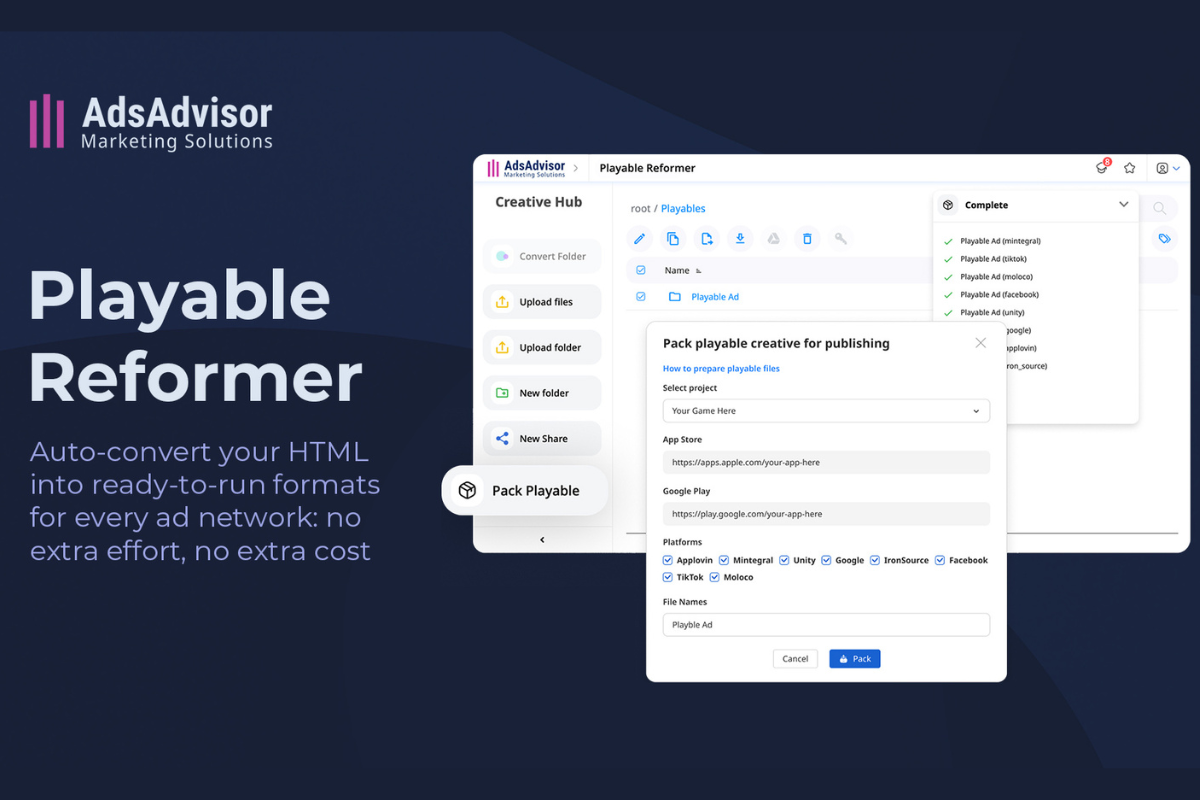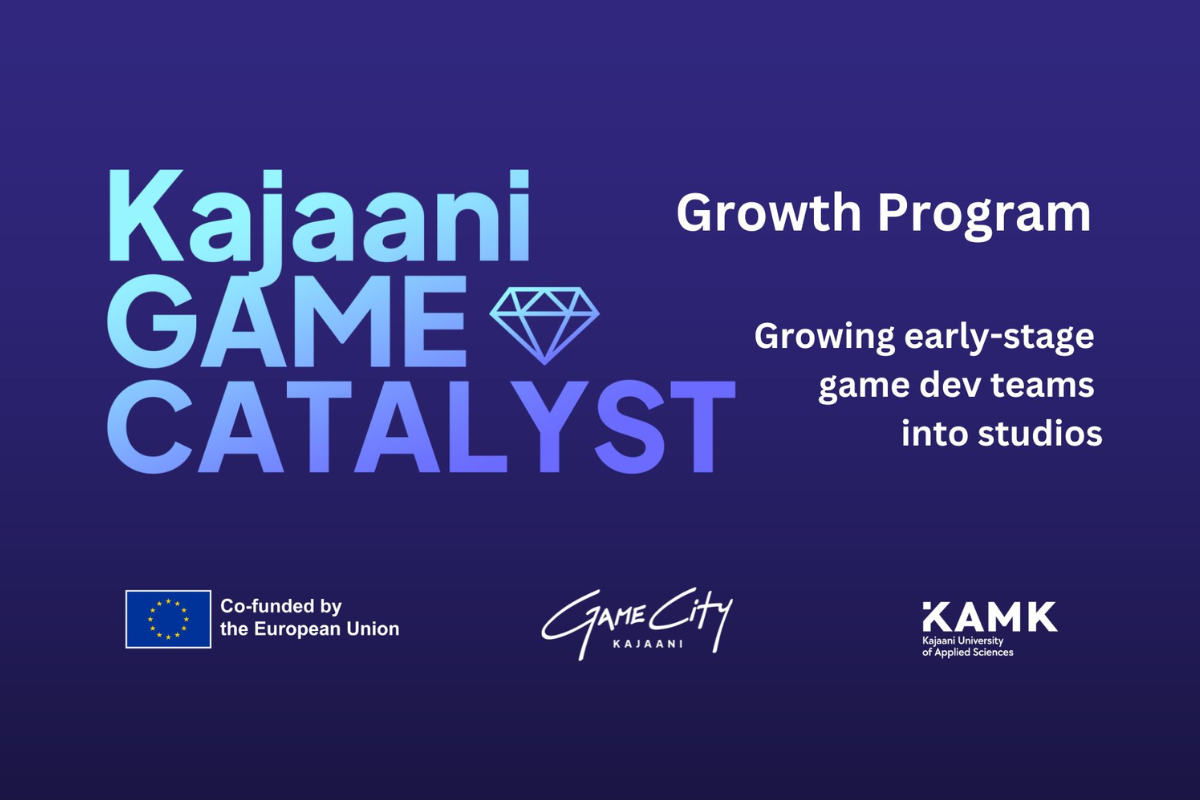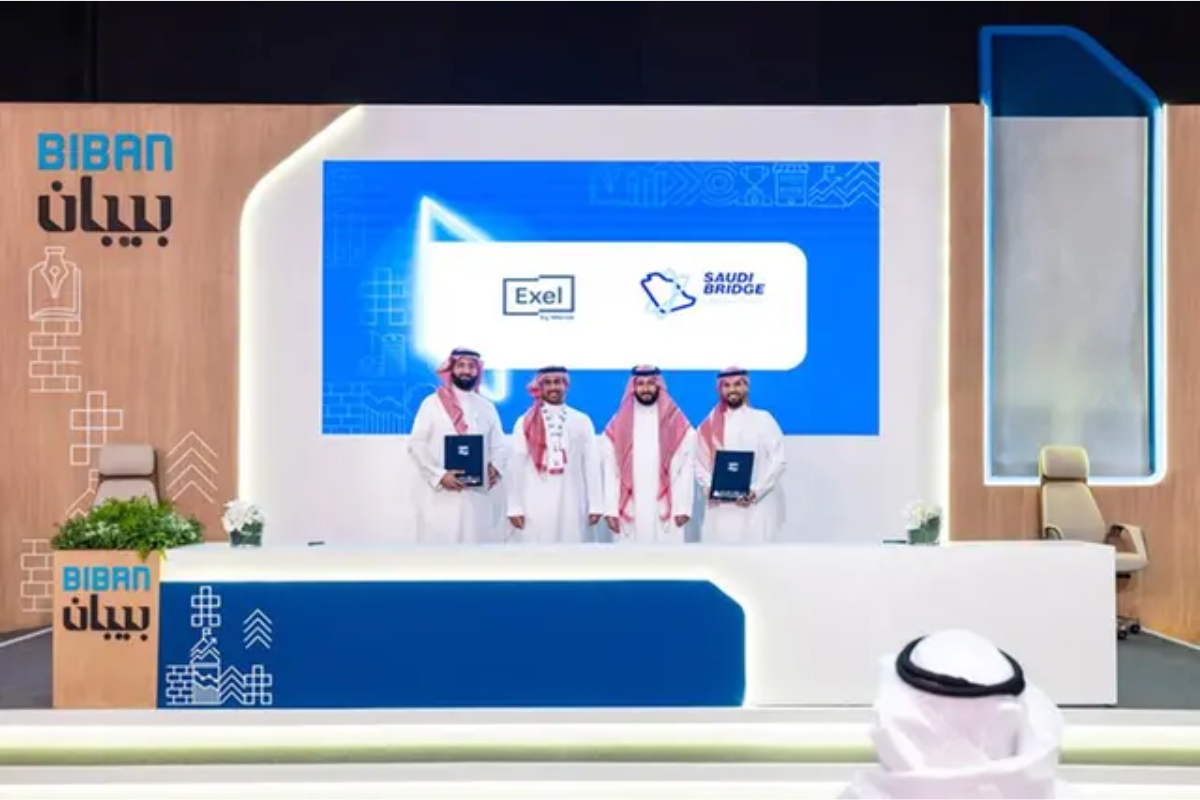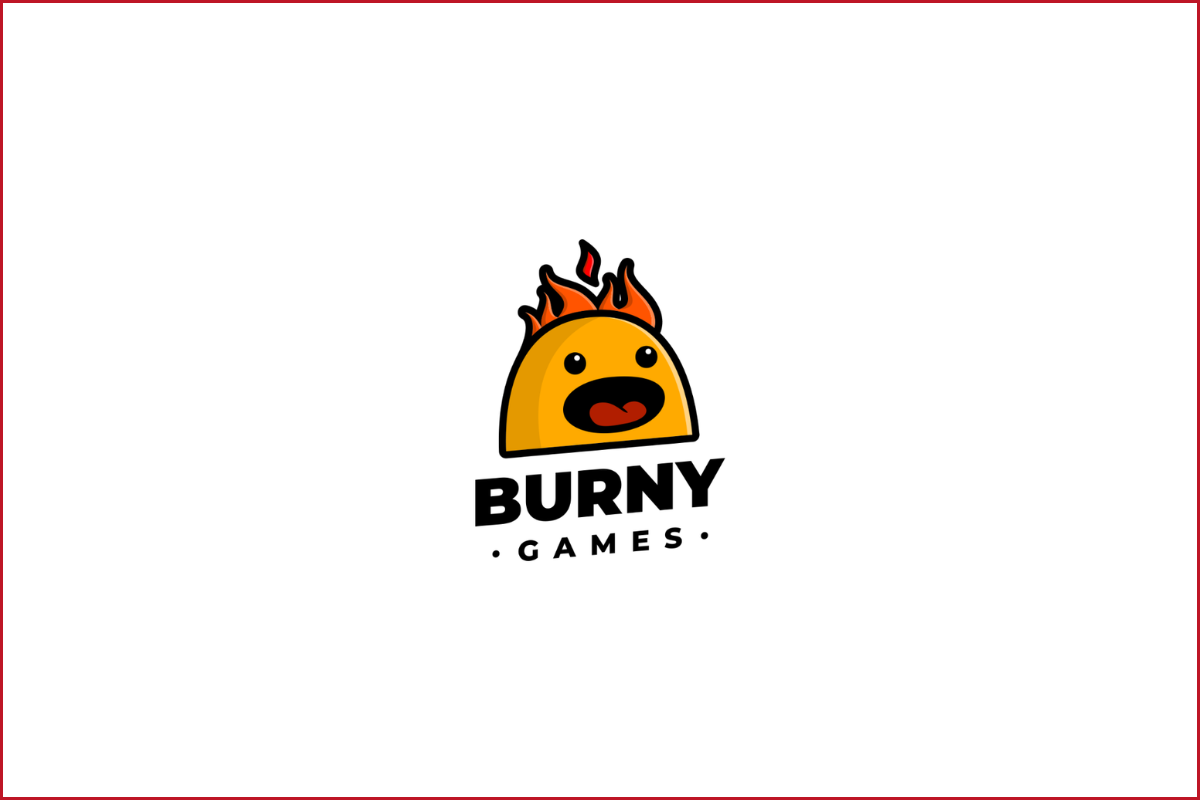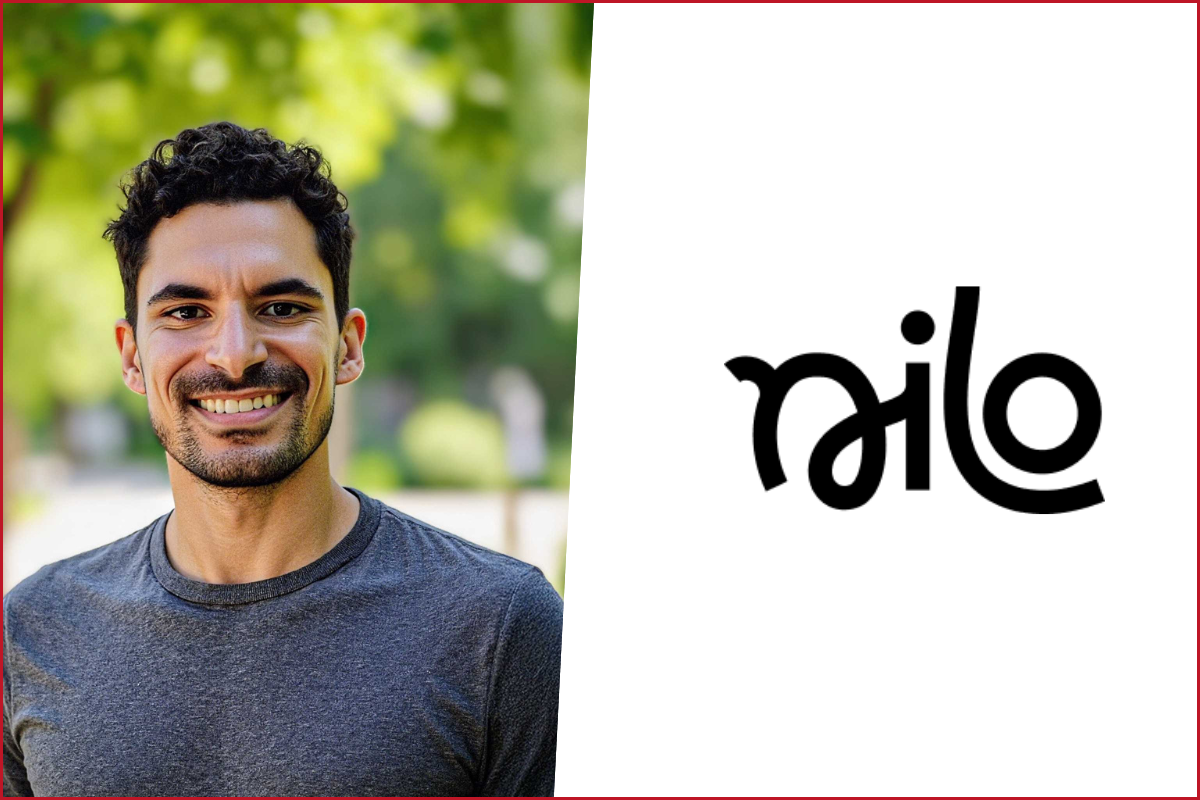Nilo, an AI-native platform for creating 3D games and worlds via text, images, or voice, has raised $4 million in seed funding led by Supercell.
Following the announcement, we spoke with Nuno Leiria, Founder and CEO of Nilo, to learn more about the company’s journey, the vision behind it, and what comes next.
Can you walk us through the journey of developing Nilo, your most significant breakthrough moments, and the biggest challenges you faced?
I’ve been building games for over 20 years, and something that has always bothered me is that it’s incredibly hard, slow, and expensive to create games. I’ve seen extremely creative and talented people give up on their ideas because the technical barriers were just too high. They lost the joy of playful creation. I wanted to change that, so I’ve always sought ways to make creating a game as enjoyable as playing one.
With the rise of generative AI, I realized that my dream could finally become a reality. I rallied a team of experts with backgrounds in game engines, creative tooling, and AI, and we moved quickly to seize this moment. Within three months of starting, we had a working prototype – our first breakthrough – which helped us demonstrate the vision and eventually bring partners like Supercell and a16z speedrun on board.
The biggest challenge has been continuing to move at that speed, given how quickly the generative AI landscape evolves. Our agility is our most significant advantage, but also our hardest challenge. What keeps us going is the conviction that we’re racing toward a new creative future.
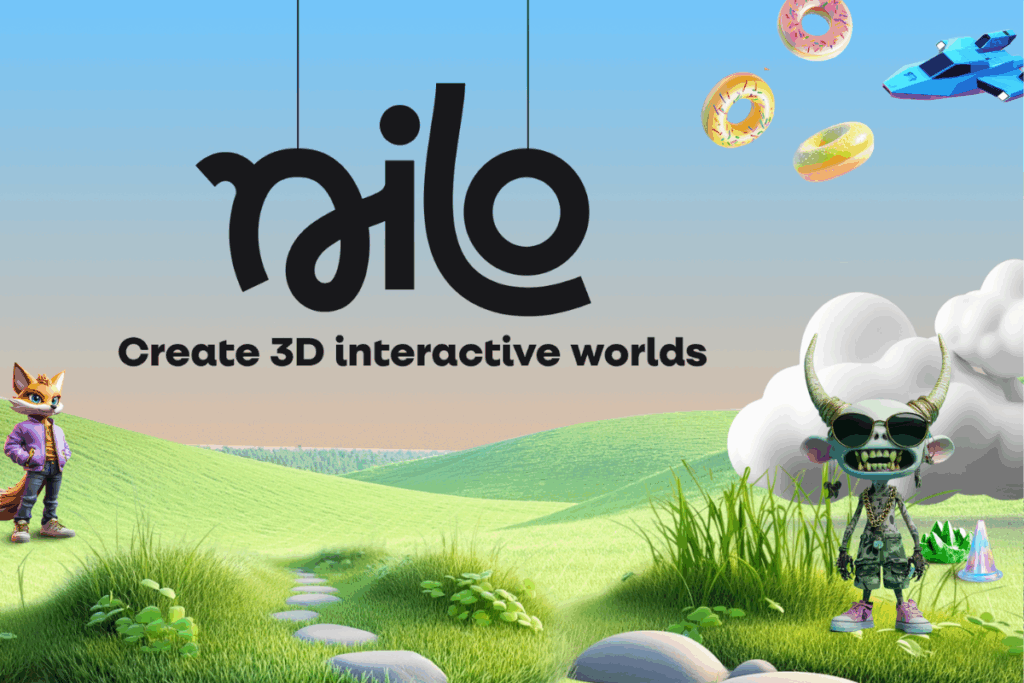
How much control do users have when fine-tuning AI-generated worlds in Nilo?
Nilo isn’t about typing a prompt and watching a world appear. We’re not trying to build a platform for “vibe coding games.”
We’re modernizing the full creative toolkit so that builders can craft their worlds with less frustration and way more joy. AI is one tool in the toolkit, used to accelerate complex tasks, but we design every feature to give builders precise control over the outcome.
For example, with our Live Canvas, you can draw the object you want to generate and use text to refine the specific details, and then turn that into a 3D model in seconds.
Beyond AI tools, builders can create with primitives, import their own models, or even write code directly. This combination of manual creative tools and AI assistance is what makes Nilo unique: builders have more expressive control than pure prompting allows, and the process feels much more playful than technical.
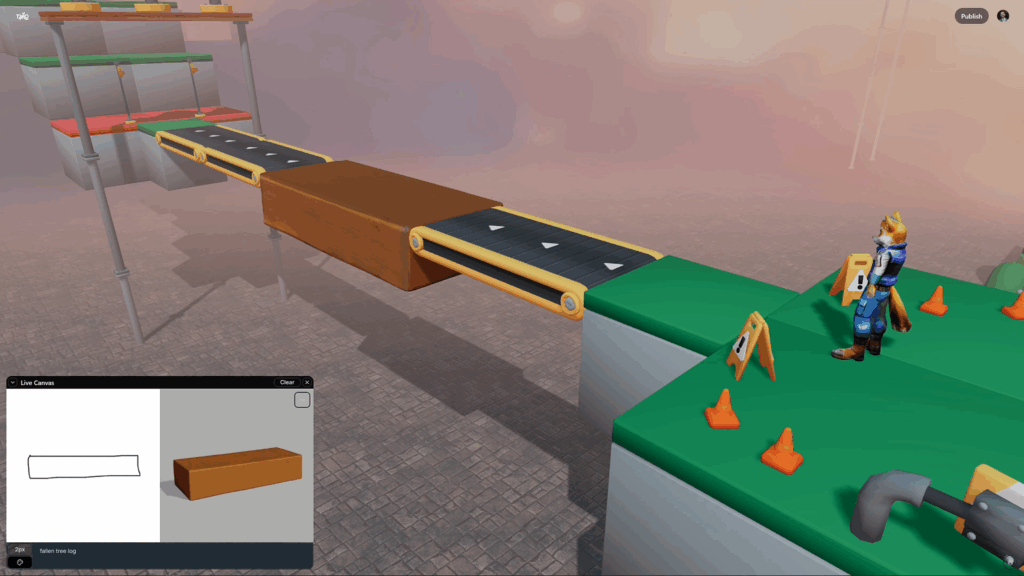
Nilo targets Gen Alpha as its core user base. What differences have you observed in how Gen Alpha approaches world-building compared to older generations?
Gen Alpha has grown up in multiplayer, 3D social spaces — it’s second nature to them that games are where you hang out with friends and express yourself.
They also don’t wait for big studios to deliver the next great IP. Whereas older generations extended existing games through mods, Gen Alpha is eager to create their own experiences from scratch.
And they move at the speed of culture. You can see a meme on TikTok one week, and that same meme shows up in user-generated games the next. This generation is more social in virtual spaces, more DIY in spirit, and faster in creative execution. Nilo is designed to meet that pace, providing them with tools that keep up with their rapid creation and sharing needs.
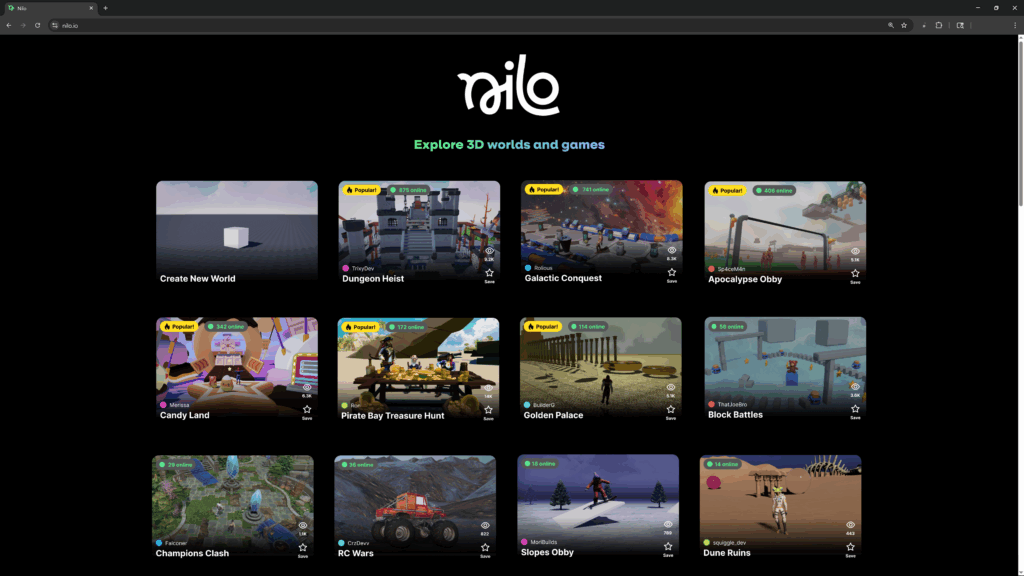
How do you analyze your early data to understand traction, both in terms of quantitative metrics like engagement and retention, and qualitative feedback from creators, and what insights have stood out so far?
We launched our closed Early Access in September, so our current focus is on evaluating how well we are living up to our vision: Can users quickly bring their ideas to life? Can they effectively collaborate in real time? Do they return daily to create new games or remix others’ work?
Of course, we track specific engagement and retention metrics. But even more importantly for this stage, we’re in constant conversation with our Founding Builders, through weekly co-building sessions, user interviews, and Discord conversations.
The most exciting insight is seeing how quickly people move from first-time experimentation with Nilo to publishing playable worlds – sometimes in just a few minutes. That shift from tinkering alone for months to sharing something interactive almost immediately is a strong signal that Nilo is sparking creativity in a way that feels natural and rewarding.
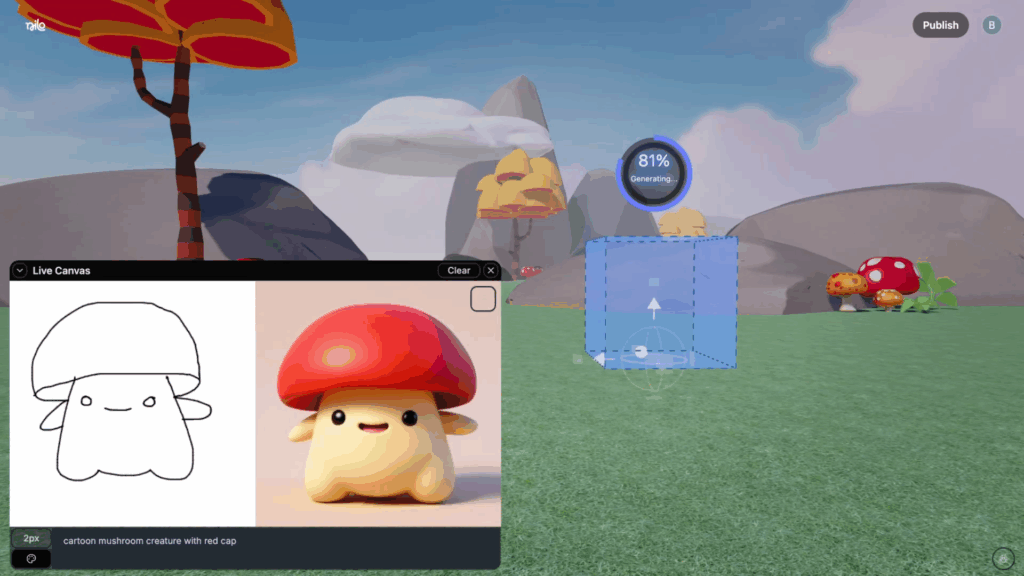
What is your long-term business model for Nilo, and how do you plan to sustain it financially while differentiating from platforms like Roblox or Unity?
We’re not just building a game engine, we’re building a platform and ecosystem where both builders and players can thrive. In the near term, we’re focused on giving builders powerful tools that lower the barrier to making 3D games and worlds. As the platform evolves, we see a vibrant economy emerging, where builders can monetize their work and players can support the builders, games, and worlds they love.
What differentiates us from Roblox or Unity is that we’re AI-native and browser-first from the ground up. That means speed, accessibility, and social collaboration are built into the core experience, not bolted onto legacy foundations.
How will you handle copyright, content safety, and ownership disputes around user-generated content?
We’re taking a proactive and multi-layered approach.
On the safety side, we’re building clear systems for the community to report and flag issues, setting transparent guidelines in our terms of service, and putting in-platform content moderation systems in place.
On the rights side, we’re in active conversation with IP holders across games, media, and brands to ensure we’re developing the policies and partnership programs that serve all stakeholders.
Early access gives us the opportunity to pressure-test these systems and policies directly with builders and industry partners. It’s an evolving process, but our north star is balancing openness and creativity with responsibility and respect for the broader creative economy.
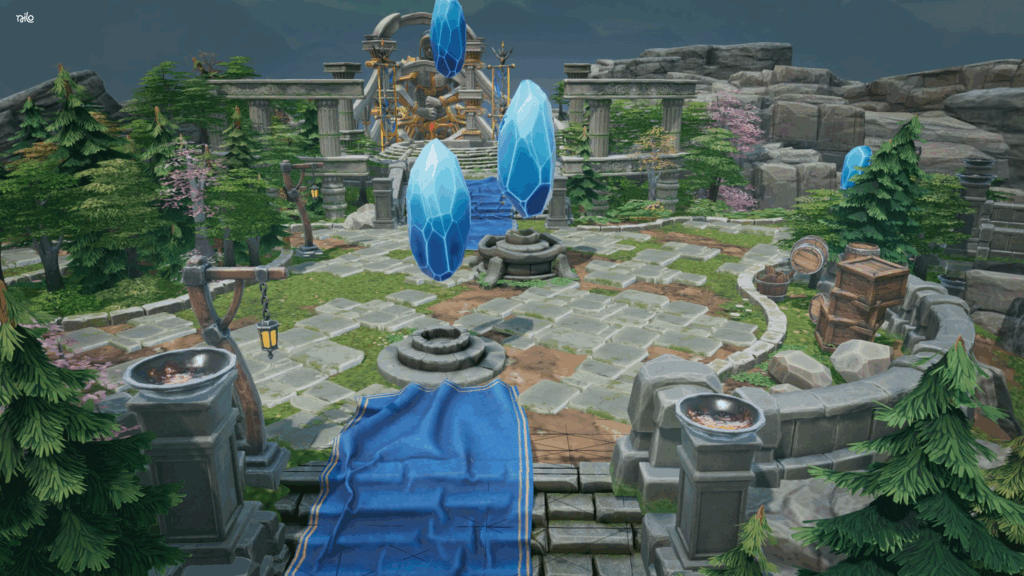
Where do you envision Nilo in the next couple of years?
Our vision is a thriving ecosystem where builders are publishing games and experiences across genres – including some we can’t yet imagine – and players delight in an entirely new wealth of games. Because we’ve lowered the barrier to entry so dramatically, we expect many of our players will become builders themselves, remixing and reimagining their favorite games. As the platform matures, we expect to see creatives participating meaningfully in a creative shared economy formed on Nilo.
But the most exciting part is what can’t be predicted.
We believe social 3D creation will evolve into a medium of its own – not just creating, not just playing, not just viewing, but a blend of all three.
In a few years, we’ll be talking about not only the games and worlds people have built, but also about entirely new types of interactive experiences that only this next generation of builders could create. And Nilo will be at the forefront of this evolution.
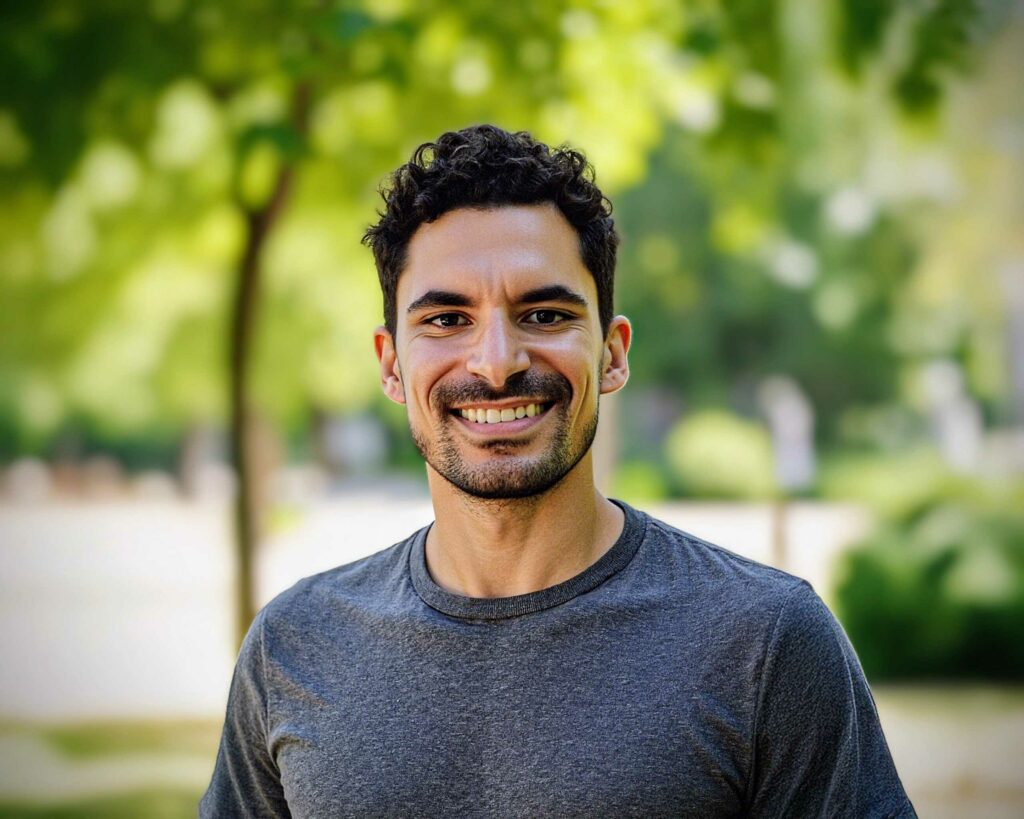
Founder and CEO of Nilo

